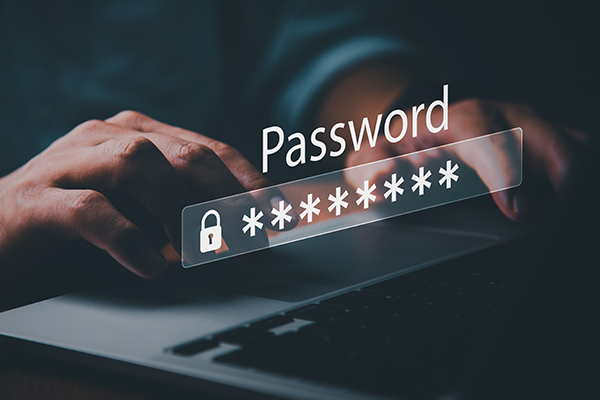Tell Clients How to Protect Themselves from Cyberattacks

As technology continues to rapidly advance, so do the methods of cybercriminals. With ever-increasing reliance on cloud data storage, social media, online shopping, payment services, home security cameras and smart appliances, there are more ways to be vulnerable to cyberattacks than ever. Therefore, it’s important for individuals and businesses alike to continually assess whether they are prepared to prevent a cyberattack. They must also maintain a recovery plan to determine what to do if a cybercriminal is still able to bypass their preventive security measures.
It’s worth knowing the key strategies for cyber protection, not only for providing guidance to customers when discussing cyber coverage but to also ensure your agency has the protection it needs against cybercriminals.
Address the Basics
It takes time and money for cybercriminals to succeed in their illicit endeavors, which is why they’ll typically try simpler, low-effort cyberattack methods first. Most cybercriminals will start with phishing scams, using easily accessible stolen credentials or bypassing systems that lack multifactor authentication (MFA). By using stronger passwords, effective email filters and MFA, among other methods, you and your customers can evade the most basic cybercrimes—and that may be enough for some cybercriminals to move on to their next target.
Ensure Everyone Is Prepared
Whether someone is running a business or simply aiming to protect their household, they need to ensure that everyone with access to private online information is on the same page when it comes to cybersecurity. To prevent threats, employees, family and housemates should all be able to identify common cyberattacks.
In your agency or in your customers’ businesses, a culture of cybersecurity is critical for maximizing cyber protection. This means setting up standardized training and defensive procedures throughout the entire company, beyond just the IT department. All employees should be tested regularly on recognizing phishing emails and preventing data breaches, and leaders should transparently report security data and communicate any potential risks to everyone in the company. Leaders should aim to educate employees rather than penalize them as they develop their knowledge of best practices for cybersecurity.
Determine Your Response
Although preventive measures are very important, it’s equally important to have a plan in place for the unfortunate possibility of a successful cyberattack. Running through exercises that determine what an organization would do in the event of an attack will help prepare them for the worst.
Periodically running tabletop exercises that test disaster recovery plans also helps to ensure that a business can quickly pick itself back up after a cybercriminal steals, damages or otherwise uses private data. Establishing security-specific roles and responsibilities throughout the company will help to make these processes run smoothly and decrease the amount of time it will take to recover and return to business as usual.
Plan and Build Resilient Systems
In the past, the most commonplace online security measures were antivirus software and firewalls but these measures are no longer enough to comprehensively block today’s cybercriminals, whose methods are significantly more advanced than they once were. Fortunately, there are many effective, modern ways to proactively protect data and systems.
Today’s tech-savvy businesses are using single sign-on solutions, zero-trust security models and multi-dimensional approaches to asset recovery. Some companies have even eschewed passwords entirely, using alternative authentication methods like USB devices, fingerprint recognition and mobile apps to ensure data access is only provided to the people who are meant to have it.
Find the Right Partners
Both individuals and businesses should look for appropriate third-party processes, applications and protection methods that can enhance their online security and preserve their assets in the event of a successful cyberattack. Acquiring the support of trustworthy suppliers, vendors and cybersecurity firms makes it easier to develop proven plans for efficient response to cyber threats.
Of course, cyber insurance from a trusted carrier is a key part of cyber protection, whether the customer needs a personal or commercial lines policy. This type of coverage can reimburse policyholders in the case of identity theft, ransomware, data breaches and other types of cyberattacks. Some insurers even include proactive monitoring services as part of cyber coverage, which scours the dark web for sensitive information that may have been stolen and posted for sale, allowing the policyholder to work toward resolving the issue more quickly.
With these guidelines, you can share best practices with your customers to help them ensure that their personal and professional information has the best possible protection—and you can also employ these strategies yourself. A comprehensive plan helps prevent lives and livelihoods from being affected by unexpected cyberattacks.











